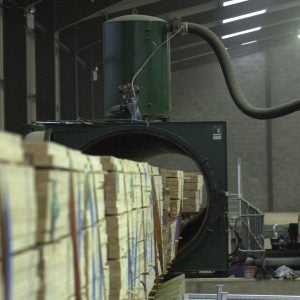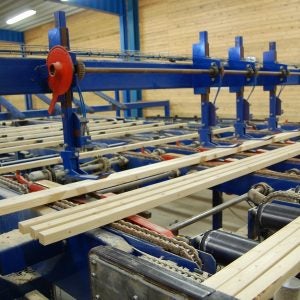
The data will support architects, engineers and other specifiers to make accurate assessments of the carbon impacts of their material choices as early in the design process as possible.
TDUK’s new independently verified Embodied Carbon Data for Timber Products calculates weighted average A1-A4 embodied carbon data for common timber products such as softwood, engineered timber, and panel products, including and excluding sequestered carbon. More than 80 EPDs were reviewed in this comprehensive new paper.
A1-A4 data is provided for 10 major timber products which means the EPD Database can be used to calculate the carbon impact of more than 95% of timber consumed in the UK.
The A1-A3 data draws only from EPDs for products available in the UK, with the data weighted based on country of origin.
The data is available to free download from the TDUK website.
“If we are to achieve national and international targets to reach net zero carbon emissions by 2050, we need to measure, understand, and significantly reduce the embodied carbon within the buildings and infrastructure we construct,” said Charlie Law, sustainability director, TDUK, said:
EPDs, he added, were key for specifiers to design low-carbon assets, helping them accurately assess the impact of their designs and material selections,
“Robust data is essential for reducing the carbon impact of construction, allowing specifiers to make informed decisions. We will be updating these figures every year as more data becomes available.”
Seb Laan Lomas, associate and passivhaus designer at Architype, said the data enabled design teams to move beyond “rules-of-thumb” and “gut feelings” to having a data-driven dialogue.






